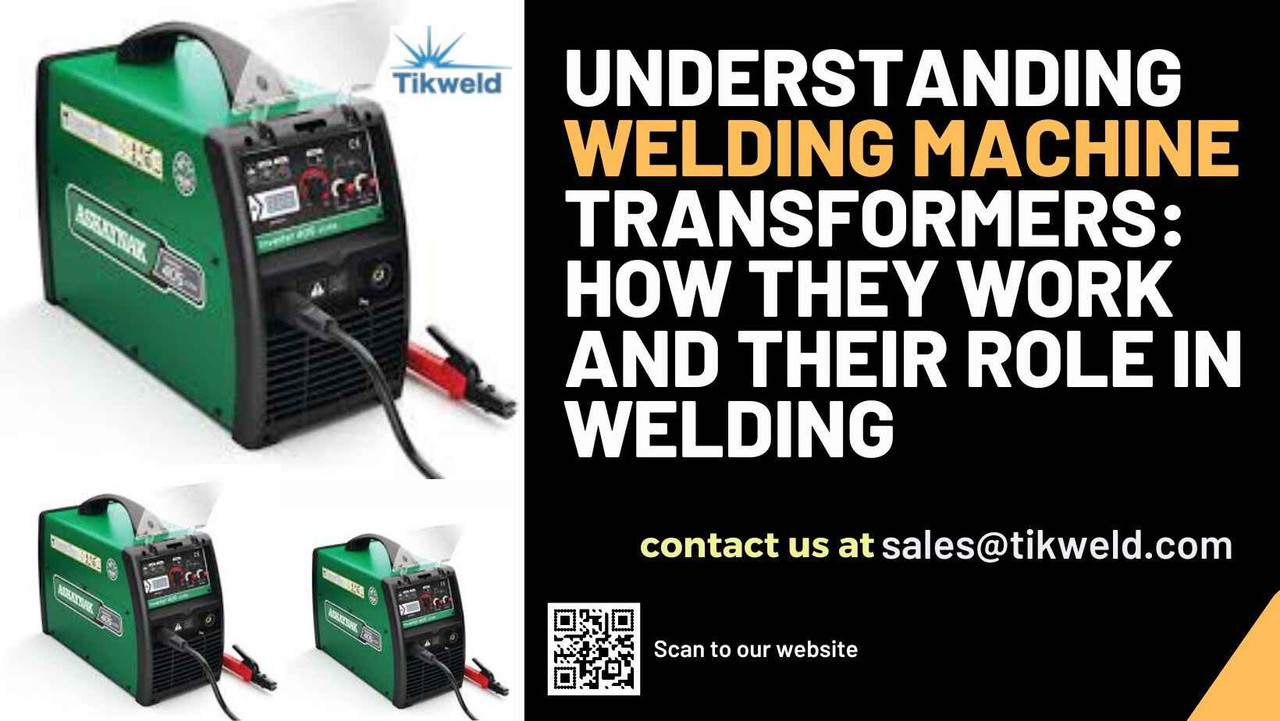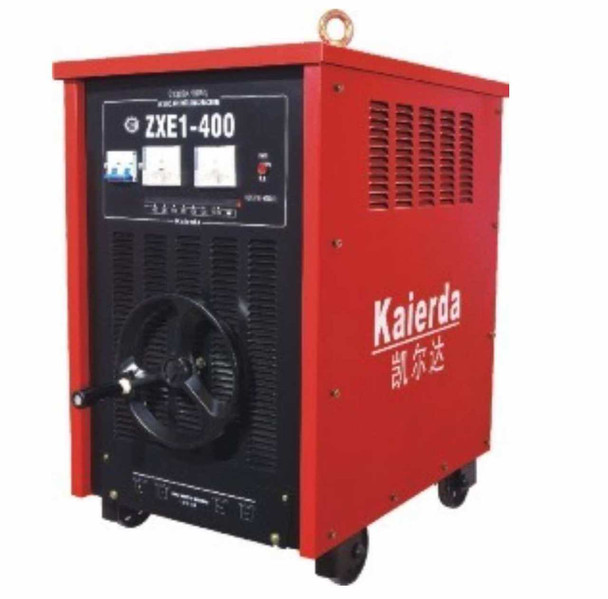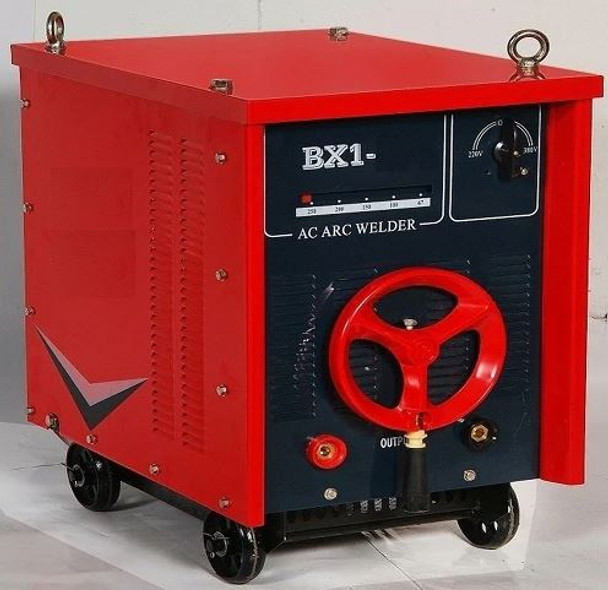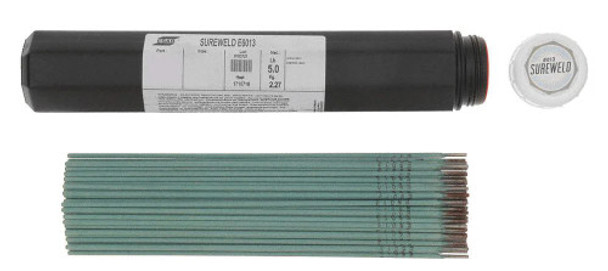Understanding Welding Machine Transformers: How They Work and Their Role in Welding
Key Takeaway
- Core Function: Welding machine transformers convert high-voltage, low-current electricity from the power source into low-voltage, high-current electricity required for welding, making them crucial in generating the right power for efficient welding.
- Primary and Secondary Coils: The transformer contains two main coils—primary and secondary—that interact through electromagnetic induction to adjust voltage and current levels, with the secondary coil delivering the high current needed for welding.
- Voltage Control: Transformers enable control over the welding voltage, allowing for adjustments based on the type and thickness of the material being welded, which directly influences weld quality.
- AC vs. DC Welding: Transformers are commonly used in AC welding machines, which are effective for basic welding tasks. Some advanced machines use rectifiers to convert AC to DC, offering greater stability and a smoother arc.
Introduction
In welding, achieving a precise and reliable weld requires a stable and controlled power source. Welding machines are integral tools across various industries, from automotive to construction, and a key component that enables these machines to operate effectively is the transformer.
Welding machine transformers play a critical role in converting high-voltage, low-current electricity from a power source into the low-voltage, high-current output required for welding. This transformation process is essential because welding demands a stable, intense current that can create the high heat needed to melt and fuse metals. Inside the transformer, primary and secondary coils interact through electromagnetic induction, adjusting voltage and current levels.
This controlled output allows for flexibility across different welding applications, as settings can be adjusted based on material type and thickness to optimize weld quality. While transformers are primarily used in AC welding machines, some systems incorporate rectifiers to convert AC to DC, providing a smoother and more stable arc, which is especially advantageous for certain welding processes. Effective heat management, often achieved with cooling fans or fins, ensures the transformer does not overheat, enhancing both machine lifespan and safety. With regular maintenance, these transformers offer efficient, cost-effective performance, making them invaluable in industrial and structural welding applications.
In this article, we’ll explore what welding machine transformers are, how they work, their types, and why they’re so crucial in welding applications.
Kaierda Welder ZXE1-400 Welding Machine
Basics of Welding Machine Transformers
What is a Transformer?
A transformer is an electrical device that transfers electrical energy between two or more circuits through electromagnetic induction. It can increase (step-up) or decrease (step-down) voltage levels, which is crucial in various applications, including welding. In a welding machine, a transformer typically modifies incoming voltage to match the needs of the welding process.
Transformers come in different types and configurations, depending on their specific applications. In industrial settings, transformers are widely used to regulate power for heavy machinery, and they play a particularly unique role in welding machines.
Role of Transformers in Welding Machines
The role of a transformer in a welding machine is to adjust the voltage and current to levels suitable for welding operations. Most household or industrial power sources provide either 110V or 220V, which is typically too high for welding directly. Welding requires a controlled flow of electricity, usually at much lower voltage levels but with high current. The transformer’s main job is to “step down” the voltage and “step up” the current to levels that allow for smooth and effective welding.
In welding applications, transformers need to be both efficient and robust to handle continuous electrical demands without overheating. This adaptability makes transformers indispensable in welding machines, as they provide the power control required for different welding techniques and materials.
How Welding Machine Transformers Work
Step-by-Step Explanation of Transformer Operation
The core principle behind transformers is electromagnetic induction. A transformer consists of two sets of coils—primary and secondary—wound around a magnetic core. When alternating current (AC) flows through the primary coil, it creates a magnetic field that induces a current in the secondary coil. By adjusting the number of coils in each set, transformers can either increase or decrease voltage.
In a welding machine, this induction process allows the transformer to convert standard power into a format that matches the welding needs. For example, by stepping down the voltage and increasing the current, the transformer enables a stable and concentrated arc, which is essential for effective metal joining.
Step-Down Transformer in Welding
Welding machines typically use step-down transformers. A step-down transformer reduces high input voltage to a lower output voltage, which in turn increases the current. This high current at low voltage is ideal for welding because it creates a stable arc without causing electrical damage to the materials.
For example, a typical transformer might reduce a 220V input to around 20V for welding, while simultaneously boosting the current to hundreds of amps, depending on the machine’s settings. This controlled current flow enables precise, high-quality welds and reduces the risk of spattering or weakening the metal joints.
Key Components in a Welding Transformer
1. Core: The core of a welding transformer is usually made of laminated steel to reduce energy loss and increase efficiency. The core is essential for focusing the magnetic field generated during the induction process.
2. Primary and Secondary Windings: These windings are coiled copper or aluminum wires that transmit the current. The number of windings in each coil determines how much the transformer steps down or steps up the voltage.
3. Insulation and Cooling Mechanisms: Transformers in welding machines generate a lot of heat. Insulation around the windings protects the machine from electrical faults, and cooling mechanisms help to dissipate heat, ensuring consistent performance and safety during long welding sessions.
YAWATA 7018 Arc Welding Electrode
Types of Welding Machine Transformers
1. AC (Alternating Current) Welding Transformers
AC transformers are commonly used in basic welding operations, especially for shielded metal arc welding (SMAW). AC welding transformers are affordable, easy to maintain, and suitable for beginners. However, AC transformers are limited in their control over arc stability, which can lead to more spatter and less precise welds.
2. DC (Direct Current) Welding Transformers
DC welding transformers offer more consistent and stable arcs, making them ideal for precision welding, especially in gas tungsten arc welding (TIG) and metal inert gas welding (MIG). DC welding transformers allow for polarity control, which can produce smoother welds with less spatter, making them a preferred choice for professional welders working with thinner or delicate materials.
3. Portable and Inverter Welding Transformers
Unlike traditional transformers, inverter-based transformers use electronic components to convert AC to DC and then adjust it to the required current and voltage. They are more compact, energy-efficient, and offer greater control over welding parameters.
Inverter-based welding transformers are particularly useful for mobile welding tasks and work environments where space is limited.
Advantages of Using Transformers in Welding Machines
1. Voltage and Current Control
Transformers in welding machines are essential for controlling voltage and current precisely. With a reliable transformer, operators can adjust voltage and current output to match specific welding requirements, which leads to better weld quality. This control is especially important in delicate welds where excessive current or improper voltage could damage the materials.
2. Enhanced Safety
Safety is paramount in welding, and transformers help maintain safe operations by stabilizing voltage and reducing the risk of electrical hazards. Step-down transformers, in particular, lower the voltage to a level that’s manageable and safer for the welding process. This minimizes the likelihood of electrical shocks or overheating, protecting both the operator and the equipment.
3. Efficiency and Energy Savings
Welding transformers improve the efficiency of welding machines by optimizing energy use. High-quality transformers minimize energy loss, converting more input power into usable welding current, which reduces overall energy costs. Inverter-based transformers are especially energy-efficient, using advanced circuitry to regulate power with minimal waste.
4. Versatility Across Different Welding Processes
With transformers, welding machines can be adapted for a variety of welding processes, from simple stick welding to more intricate techniques like MIG and TIG. The ability to modify current and voltage output ensures that the same machine can handle different types of materials and welding applications, making transformers versatile and cost-effective components in welding technology.
Maxmech AC ARC Welder BX1-500
Common Issues and Maintenance Tips for Welding Transformers
Typical Problems with Welding Machine Transformers
1. Overheating: Continuous welding can cause transformers to overheat, which may lead to insulation damage or even complete failure. Overheating is especially common when the transformer’s cooling system is inadequate.
2. Insulation Wear: Over time, the insulation around the transformer windings can deteriorate, leading to electrical faults and efficiency loss. This is often caused by exposure to high temperatures, dust, and moisture.
3. Core Issues: If the transformer’s core is not functioning correctly, it may experience energy loss, resulting in reduced performance and potential overheating. Rust and dust buildup on the core can interfere with efficient power transfer.
Maintenance and Troubleshooting Tips
1. Regular Cleaning: Dust and debris can accumulate on transformers, especially in industrial welding environments. Regularly cleaning the machine and transformer components helps to prevent overheating and ensures efficient performance.
2. Check for Insulation Wear: Inspect the insulation on the windings periodically to detect any signs of wear or damage. Replacing worn insulation can prevent electrical shorts and improve safety.
3. Monitor Temperature: Overheating is one of the most common issues with transformers. Ensuring that the cooling mechanisms—such as fans or vents—are functioning properly can help extend the transformer’s lifespan.
4. Routine Professional Inspection: For complex issues or persistent problems, having a qualified technician inspect and service the transformer can prevent larger, more costly repairs down the line.
Future of Welding Machine Transformers
1. Technological Advancements
Modern welding machine transformers are evolving with advanced materials and new manufacturing techniques that increase durability and efficiency. These innovations are making transformers more adaptable to high-performance demands, allowing for finer control over voltage and current in advanced welding processes.
2. The Shift Toward Inverter-Based Transformers
Inverter transformers represent a significant shift in welding technology. These transformers use solid-state electronics to convert and control power, making them lightweight, energy-efficient, and more versatile than traditional transformers. Inverter welding machines are becoming popular for their portability and ease of use, especially in fieldwork and mobile welding applications.
3. Sustainable and Energy-Efficient Transformers
As industries focus on sustainability, energy-efficient transformers are increasingly in demand. Manufacturers are now designing transformers that use eco-friendly materials and produce less waste heat, reducing their environmental footprint. In the future, transformers will likely incorporate even more energy-saving features, benefiting both the environment and users’ energy costs.
Esab Stick Welding Electrode
Frequently Asked Questions
1. What type of transformer is best for beginner welders?
AC transformers are typically best for beginners due to their simplicity, affordability, and ease of use. They’re suitable for basic welding tasks, such as shielded metal arc welding (SMAW), and can handle common materials like steel and iron.
2. What’s the difference between AC and DC welding transformers?
AC transformers provide alternating current, which is suitable for basic welding tasks but may produce more spatter. DC transformers, on the other hand, offer a smoother and more stable arc, allowing for greater control and less spatter, which is ideal for precision welding.
3. How does an inverter-based transformer compare to a traditional transformer?
Inverter-based transformers are smaller, lighter, and more energy-efficient than traditional transformers. They also offer greater flexibility in adjusting current and voltage, making them suitable for a wider range of welding techniques and applications, especially in mobile or field settings.
4. How often should I maintain my welding machine transformer?
Regular maintenance should be performed every few months or after extensive use. This includes cleaning, checking insulation, and ensuring that the cooling mechanisms are working properly. A professional inspection once a year is recommended for machines used frequently or in demanding conditions.
5. Can I use the same transformer for multiple types of welding?
Yes, many transformers are versatile enough to handle different welding processes, such as MIG, TIG, and stick welding. However, be sure to check the machine’s specifications and ensure it can handle the required settings for each welding type.
Related Articles
Understanding MIG/Mag Welding Process, Machines and accessories
Conclusion
In the world of welding, machine transformers are invaluable for their role in voltage and current control, safety, and efficiency. By stepping down high-voltage power to levels appropriate for welding, transformers enable stable, controlled arcs necessary for quality welds across a variety of materials and techniques. As technology advances, welding transformers are becoming even more efficient and versatile, particularly with the rise of inverter-based designs that prioritize portability and energy savings. From basic AC welding to precise DC applications, transformers remain integral to achieving strong, clean welds.
For both beginners and seasoned professionals, understanding welding machine transformers can make a significant difference in welding performance and safety. Whether you’re looking to upgrade your equipment or explore the latest innovations in welding technology, Tikweld Welding Supplies offers a wide range of transformers and welding accessories designed for top performance and reliability.
Ready to take your welding to the next level? VisitTikweld Welding Supplies for top-quality welding transformers, inverters, and other welding equipment that ensure performance, durability, and efficiency. Explore our range and find the perfect fit for your welding needs!












